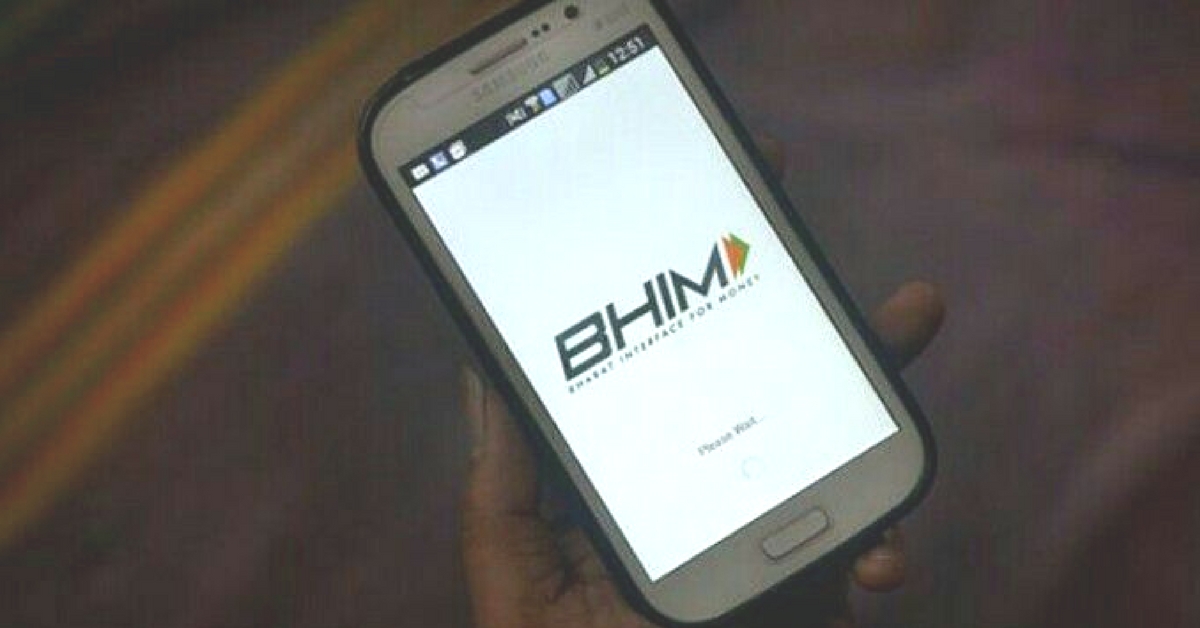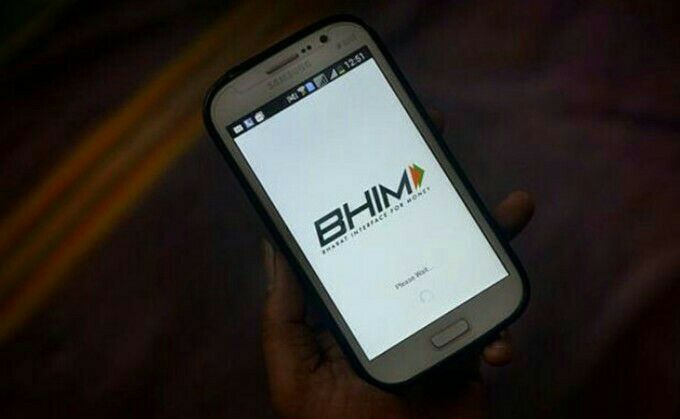MasterCard, Visa Facing The Heat From India’s UPI As Transactions Soar
However, this does not mean India is going digital - cash still rules the roost.

Following Prime Minister Narendra Modi’s decision to enforce demonetisation in November 2016, the country has witnessed a remarkable surge in digital payments.
Since that fateful November night, the number of transactions on the United Payments Interface (UPI)—developed by the National Payments Corporation of India to facilitate the transfer of funds between two bank accounts on a mobile platform—has surged by approximately 57,000%. Meanwhile, debit and credit card transactions have surged by 20% in the same time.
What can one conclude from this piece of information?
That global card companies like Mastercard and Visa are losing market share to UPI. Following the data published by the Reserve Bank of India, Bloomberg has reported that last month, the total value of transactions on UPI reached nearly half of debit and credit card swiped at shops. This mobile interface allows apps operated by retailers, airlines and a whole host of other businesses to take payment directly from bank accounts.
Why is this a big deal?
Firms like Mastercard have taken nearly three decades to build their operations in India, while the UPI was introduced in 2016.

“The introduction of UPI in August 2016 led to the creation of a wealth of new innovative payment solutions, and the adoption rates of UPI payments are truly spectacular,” US-based Fidelity National Information Services Inc. said in a December 2017 report, according to Bloomberg.
Also Read: WhatsApp Payments is Now Live In India. Here’s How To Use It Effortlessly!
This mobile platform “opens up access to real-time by allowing payments to be directly integrated into external business applications,” the report added.
“Payment integration into popular apps in India will drive the digital payments market to $1 trillion over the next five years,” Credit Suisse Group AG said in a report last month, reported Bloomberg. “With 800 million bank accounts now linked, the bulk is mobile-transaction ready.”
Also Read: From 2018, No More Bank Transaction Charges on Digital Payments Upto ₹2000!
The business publication goes onto report that Indian payments market is currently at a measly $200 million, compared to China’s $27 trillion. Despite the proliferation of digital payments, cash still accounts for nearly 70% of total transactions going by value. However, with greater mobile internet penetration and consumption of data, this is bound to change in the coming future.
“While the effects of the demonetisation event are now waning, it would be safe to conclude that the event has caused a permanent uplift in the share of non-cash transactions in the economy,” said Credit Suisse.
Like this story? Or have something to share? Write to us: [email protected], or connect with us on Facebook and Twitter.
NEW: Click here to get positive news on WhatsApp!

Similar Story

Startup’s Innovation Could Help Millions Get Access to Better Brain Health At Home
Ivory, a pioneering age-tech startup founded by Issac John and Rahul Krishnan, aims to redefine the ageing experience by focusing on better brain health, through neuroscience-backed assessments, interactive games, and personalised solutions.
Read more >
If you found our stories insightful, informative, or even just enjoyable, we invite you to consider making a voluntary payment to support the work we do at The Better India. Your contribution helps us continue producing quality content that educates, inspires, and drives positive change.
Choose one of the payment options below for your contribution-
By paying for the stories you value, you directly contribute to sustaining our efforts focused on making a difference in the world. Together, let's ensure that impactful stories continue to be told and shared, enriching lives and communities alike.
Thank you for your support. Here are some frequently asked questions you might find helpful to know why you are contributing?


This story made me
-
97
-
121
-
89
-
167












